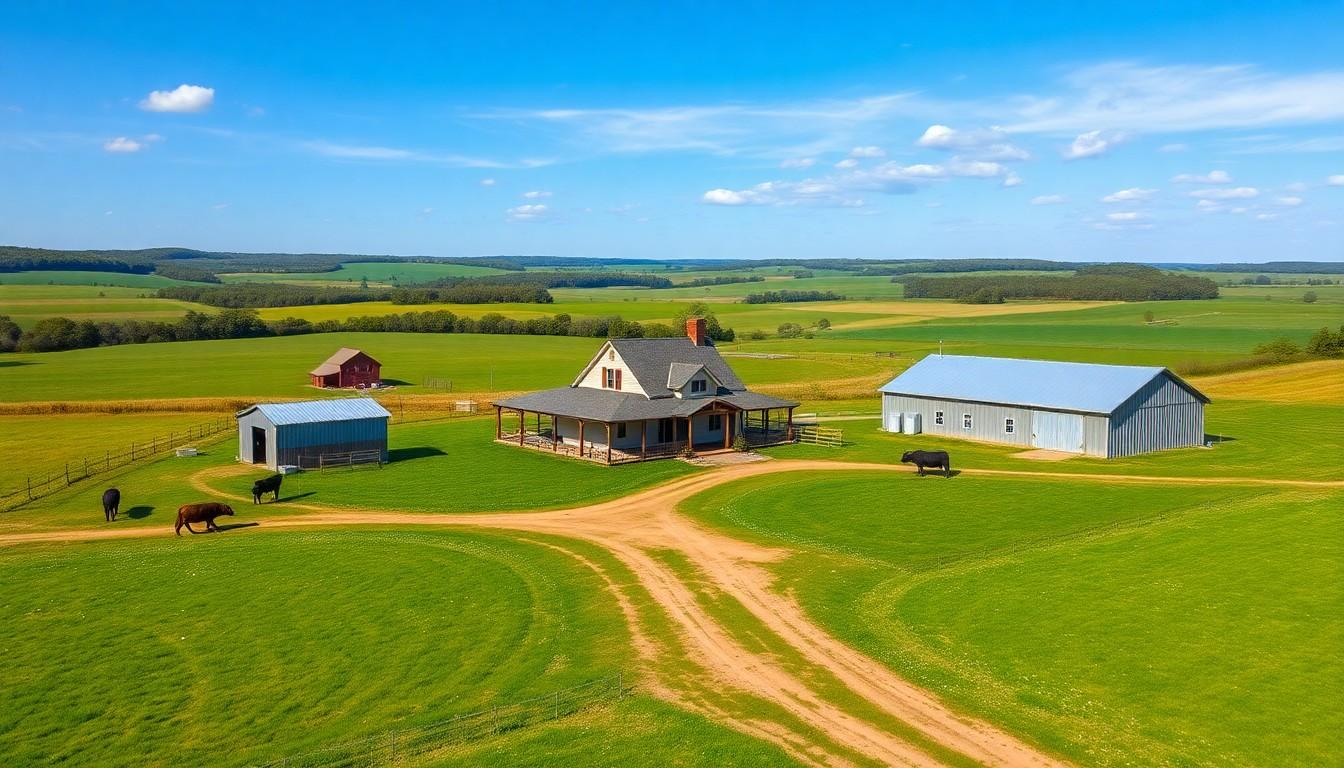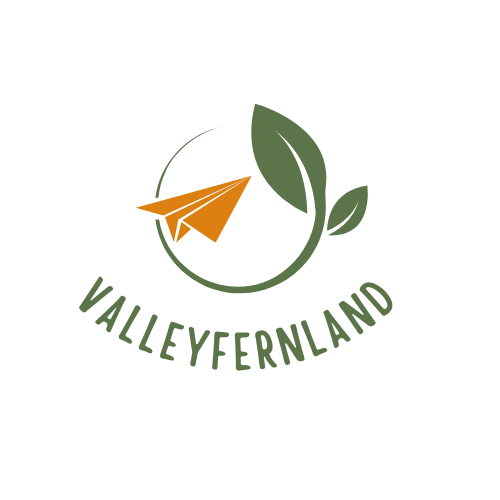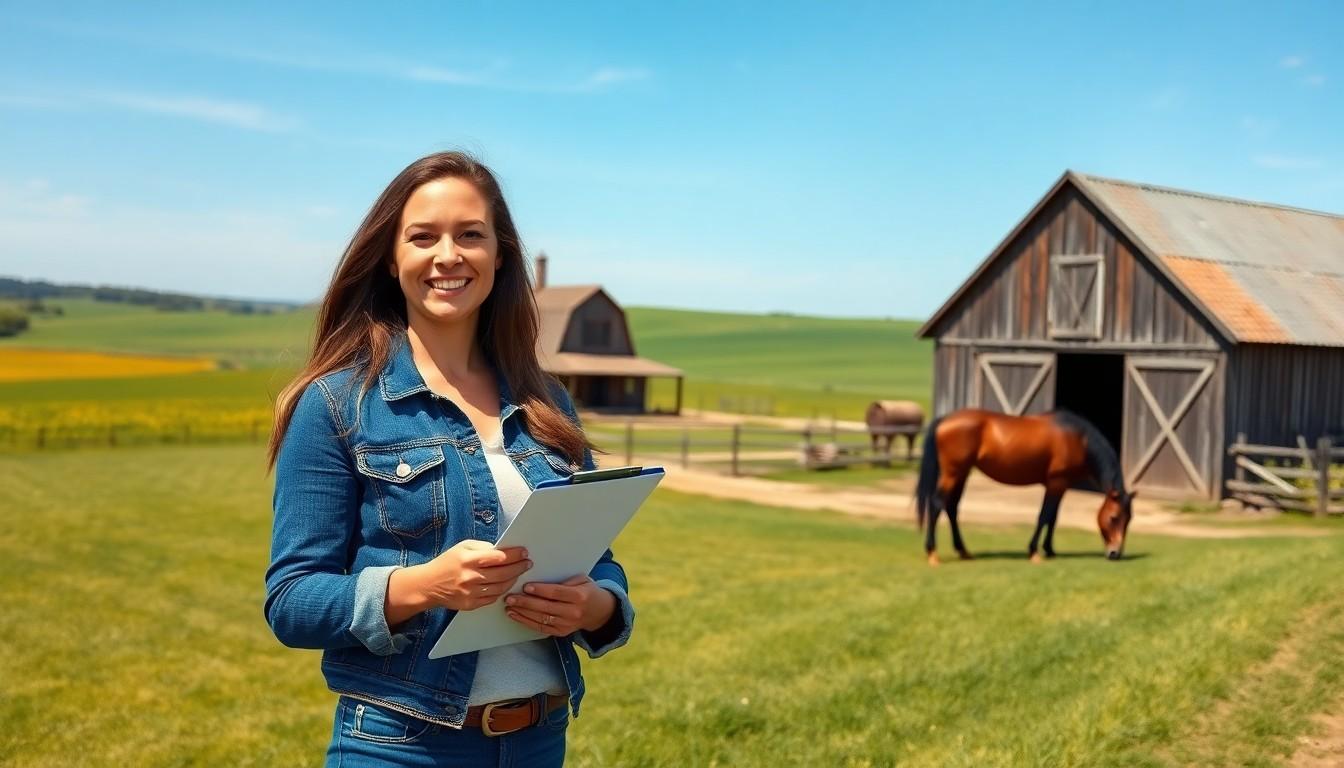Living in a rural paradise has its perks—stunning landscapes, fresh air, and a sense of community that city dwellers can only dream of. But let’s face it, the peace and quiet can come with its own set of challenges, especially when it comes to home insurance. Just because your nearest neighbor is a mile away doesn’t mean your property is immune to risks.
Home Insurance for Rural Properties
Home insurance for rural properties requires unique considerations. Several factors influence coverage options and pricing for these homes.
What Makes Rural Properties Unique?
Rural properties often feature larger acreage and distinct architecture. Many rural homes include outbuildings such as barns, sheds, or stables. These structures may influence the overall insurance policy. Proximity to natural features, like forests or rivers, affects insurance risks as well. Remote locations can complicate access to emergency services, increasing concern over fire or natural disaster response times.
Common Risks and Challenges
Common risks for rural properties include weather-related events and wildlife intrusions. Floods, storms, and wildfires pose significant threats to structures. Sabotage or theft can be a concern, especially if properties are isolated. Access to insurance agents may challenge property owners more than in urban areas. Limited coverage might occur for special structures or high-value equipment, necessitating careful policy review.
Types of Coverage Available

Home insurance for rural properties offers various coverage types tailored to unique circumstances. Understanding these options is essential for effective risk management.
Basic Coverage Options
Homeowners should consider basic coverage options such as dwelling coverage, which protects the home’s structure. Personal property coverage safeguards belongings like furniture and electronics within the home. Liability insurance is crucial, as it offers protection against lawsuits stemming from accidents occurring on the property. Additionally, coverage for additional living expenses ensures financial support if the home becomes uninhabitable due to covered events. Each option plays a significant role in protecting rural property owners from potential financial losses.
Additional Endorsements for Rural Homes
Rural property owners may benefit from additional endorsements to enhance their policies. Coverage for outbuildings like barns or workshops ensures that these structures receive adequate protection. Equipment breakdown endorsements cover repair costs for high-value machinery used in farming or maintenance. Flood insurance remains essential in flood-prone areas, providing crucial protection against water damage. Lastly, coverage for livestock or crops is vital for agricultural homeowners facing unique risks. These endorsements enhance a policy, addressing rural-specific challenges effectively.
Factors Affecting Home Insurance Premiums
Various elements influence home insurance premiums for rural properties. Understanding these can help property owners navigate their options effectively.
Location and Environment
Insurance costs are significantly impacted by location. Proximity to natural hazards such as floods or wildfires raises premiums due to higher risk levels. Remote areas may face elevated prices since limited access to emergency services affects response times. Geography also plays a vital role; properties situated in secluded areas often incur additional charges because of potential challenges in reaching them quickly during emergencies. Furthermore, local crime rates influence insurance rates, with higher theft rates driving costs up. Finally, specific climate characteristics in rural regions may also alter premium amounts.
Property Features and Safety Measures
Unique property features can lead to varying insurance premiums. Larger acreage often means higher replacement costs for structures. Buildings with distinct architectural styles may require specialized coverage, influencing premium rates depending on the materials and construction methods used. Additionally, safety measures prominently affect insurance costs. Homes equipped with security systems tend to qualify for discounts, as they reduce risks of theft. Fire-retardant materials in construction also contribute to lower insurance rates. Outbuildings like barns or sheds further complicate coverage details, requiring specific policies to encompass their value and utility.
Tips for Choosing the Right Policy
Choosing the right home insurance policy for rural properties requires careful consideration. Property owners must evaluate various aspects to ensure adequate coverage.
Evaluating Insurance Providers
Assessing insurance providers is crucial for rural homeowners. Start by comparing multiple companies. Look for providers with positive reviews and strong customer service records. Choose those experienced in rural insurance. Evaluate the financial stability of these companies. Reputable providers have solid ratings from agencies like A.M. Best or Moody’s. Seek out specialized agents with knowledge about rural property needs. These experts can offer tailored recommendations based on specific risks. Understanding coverage options from different insurers helps property owners make informed decisions.
Reading the Fine Print
Reading the fine print of an insurance policy helps identify essential details. Check for exclusions that may limit coverage. Important factors include specific provisions for outbuildings and natural disaster protection. Understand limits on personal property and liability coverage, as these can differ significantly. Review any endorsements offered for added protection. Knowing deductibles is vital, as they can impact out-of-pocket costs during claims. Familiarize yourself with claims processes and timelines. Being aware of these details ensures property owners don’t face unexpected surprises when filing claims.
The Claims Process for Rural Property Insurance
Understanding the claims process for rural property insurance helps ensure homeowners can navigate it smoothly. Knowing the specific steps involved leads to quicker resolutions.
Steps to Filing a Claim
Initiating a claim requires contacting the insurance company promptly after an incident. Documenting the damage with photographs and written descriptions supports the claim’s accuracy. Gathering receipts for repairs or replacements shows financial impact. An adjuster usually visits the property to assess the damage, facilitating a fair evaluation. Following up regularly with the insurer keeps the claim active and on track. Completing all required forms accurately is essential for a smooth process.
Common Mistakes to Avoid
Failing to report damage immediately may lead to complications in the claims process. Neglecting to document all losses severely impacts claim validity. Misunderstanding policy limits can result in inadequate coverage during a loss. Overlooking any required information on claim forms often leads to delays. Assuming that all types of damage are covered without reviewing the policy can create surprises later. Ignoring advice from the insurance agent regarding specific rural property issues may complicate future claims.
Thoughtful Approach
Navigating home insurance for rural properties requires a thoughtful approach. Property owners must consider unique risks and coverage options that differ from urban policies. Understanding these elements not only protects their investment but also ensures peace of mind in the face of potential challenges.
By carefully evaluating insurance providers and their offerings, homeowners can find the right policy tailored to their specific needs. Staying informed about the claims process and maintaining open communication with insurance agents further enhances their ability to manage risks effectively. With the right coverage in place, rural living can remain a rewarding experience.

